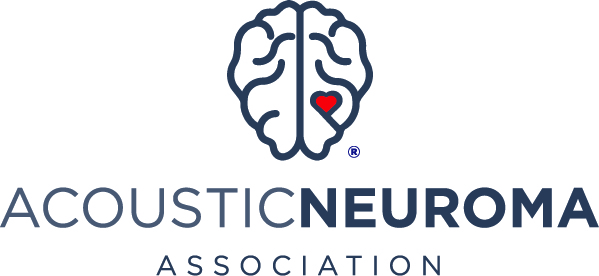Search returns for keywords may take a few moments due to the volume of archived content, especially during peak times. Please be patient.
News:
Welcome to the ANA Discussion Forum!
New Users please first read "From ANA."
Please report any inappropriate use of the Forum to support@ANAUSA.org.
ATTENTION NEW USERS - All New User posts will go to moderator for approval.
Please allow up to 24 hours for post to appear.




